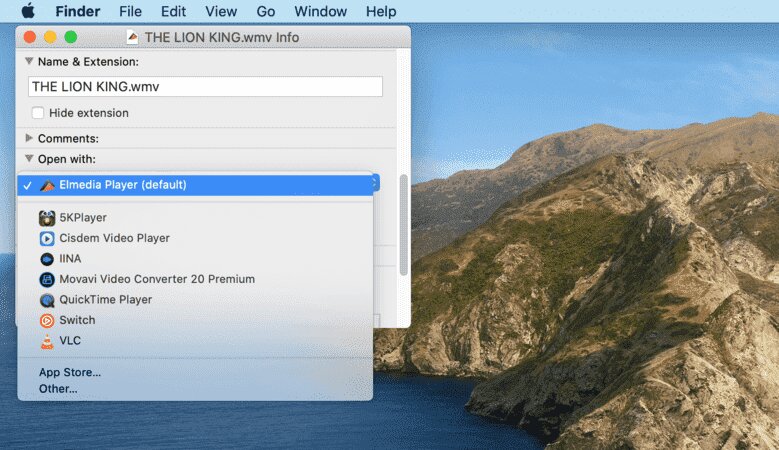

- Changing default audio player mac .exe#
- Changing default audio player mac driver#
- Changing default audio player mac windows#
This is the only fully documented method I am aware of.
Changing default audio player mac driver#
Technically the correct method of setting the default audio device in OS >= Win98 would be using the SetupAPI Functions when the audio device is installed using the SetupPreferredAudioDevices keyword in the driver INF file. The Microsoft philosophy regarding default audio playback/record is that it should not be changed progmatically by user applications. I guess my point was that modifying the registry directly was less of a hack when OS is XP or less.
Changing default audio player mac windows#
Well, the author was simulating keystrokes to navigate/invoke Windows XP >= control panel extensions. For that reason, I have not tried to reduce everything to its most abstract state, but rather just presented a clear example of a method which can be used as a guide to design your own specific solutions to similar problems. The value of this coding example is the compact and generic method it demonstrates for acquiring the handles to the various controls in the applet from Managed C++.Ĭlearly, this example is specific to a particular task and applet. cpl files.Īs you can see, the concept is extremely simple.
Changing default audio player mac .exe#
exe files, everything else is the same as for. Only the launching method is different for. (HINSTANCE SE_ERR_NOASSOC) ? true : false) Return((returnCode > (HINSTANCE) 32 & returnCode != SW_SHOWMINNOACTIVE) //window minimized, no focus " C:\\Program Files", //directory where opened " C:\\Program Files\\SomeProgram.exe", //program file specification ReturnCode = ShellExecute((HWND)errorBox- >getWindowHandle(), //window On my machine, I selected "Realtek HD Audio output" and "CreamWare Play/Rec 1".Īt the top of the file ACMDefines.h, replace my selections with your own: Write down the two devices you desire to manipulate ( exactly, all capitalization and punctuation must be accurate). A drop down list appears showing the audio output devices available on your machine for sound playback. Launch the "Sounds and Audio Devices Properties" applet from the Control Panel, go to the "Audio" tab, and click on the "Sound playback" combobox. The first thing you need to do is determine which two audio devices you want to switch between. The solution is small enough that its adaptation to other applets (. This general method can, of course, be extended to manipulate any applet or application, it's not limited to just the "Sound and Audio Devices Properties" applet. Changing the audio device this way is better (in my opinion) than directly modifying the Registry, which is always error prone because it's never exactly clear which Registry keys are involved. The panel actually appears on the screen briefly, but that's not a problem. We programmatically launch the "Sounds and Audio Devices Properties" applet and manipulates the panel using the messaging system. OK, having those four caveats out of the way, here is the general idea. Because we are switching between audio devices, and the actual audio devices available on your machine are almost certainly different from my machine, you must supply a bit of machine dependent information to get the solution to work on your own computer.

I'm not aware of any reason why the solution will not work under Vista, but verifying the solution's operability under Vista is left as an exercise for the reader. Your own applications don't have to mimic this limitation (wink).


 0 kommentar(er)
0 kommentar(er)
